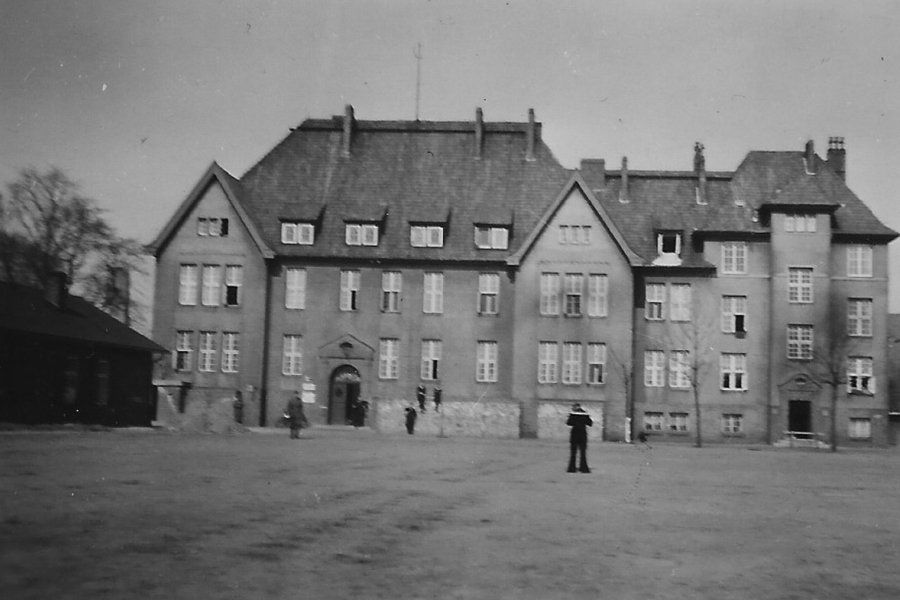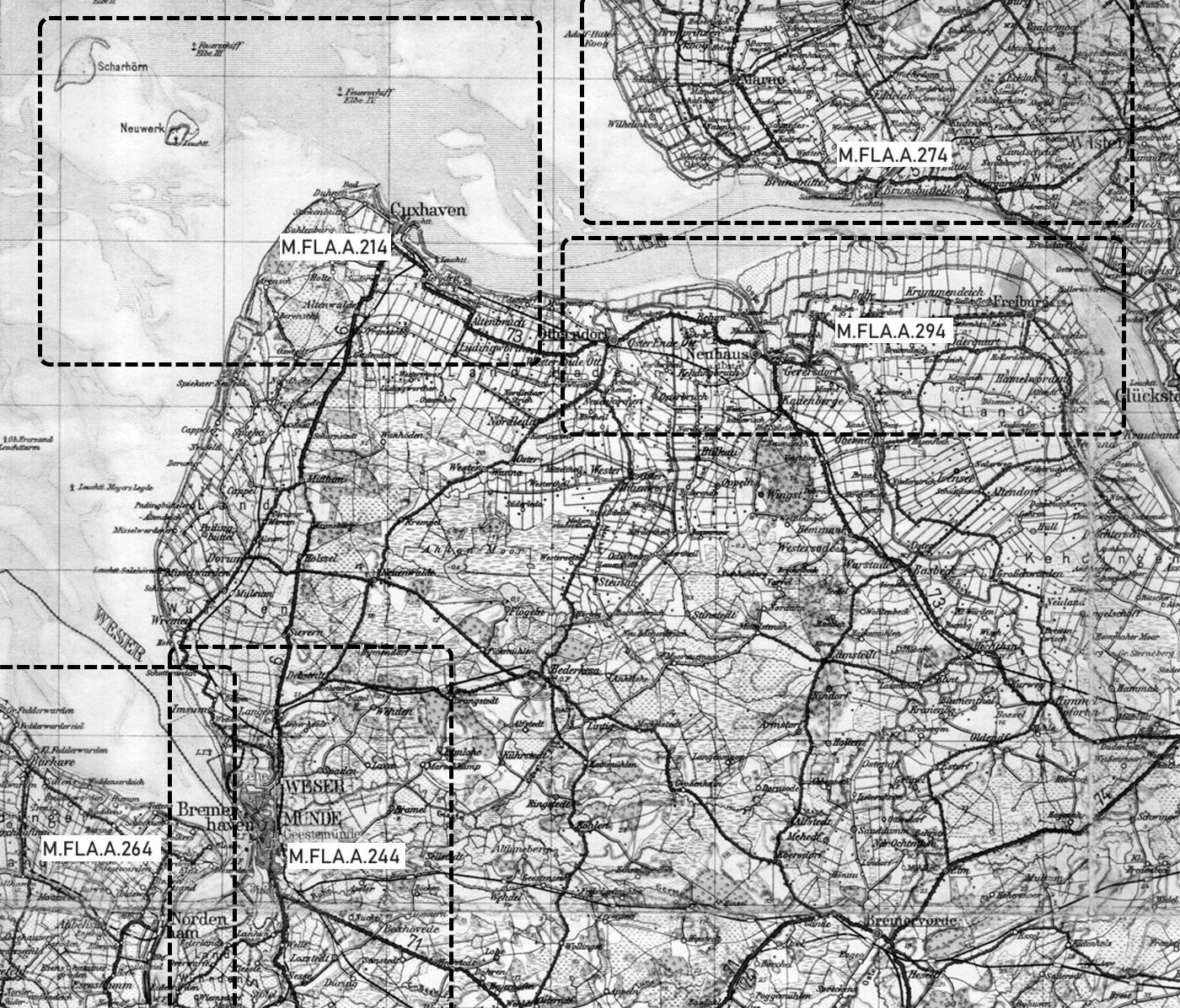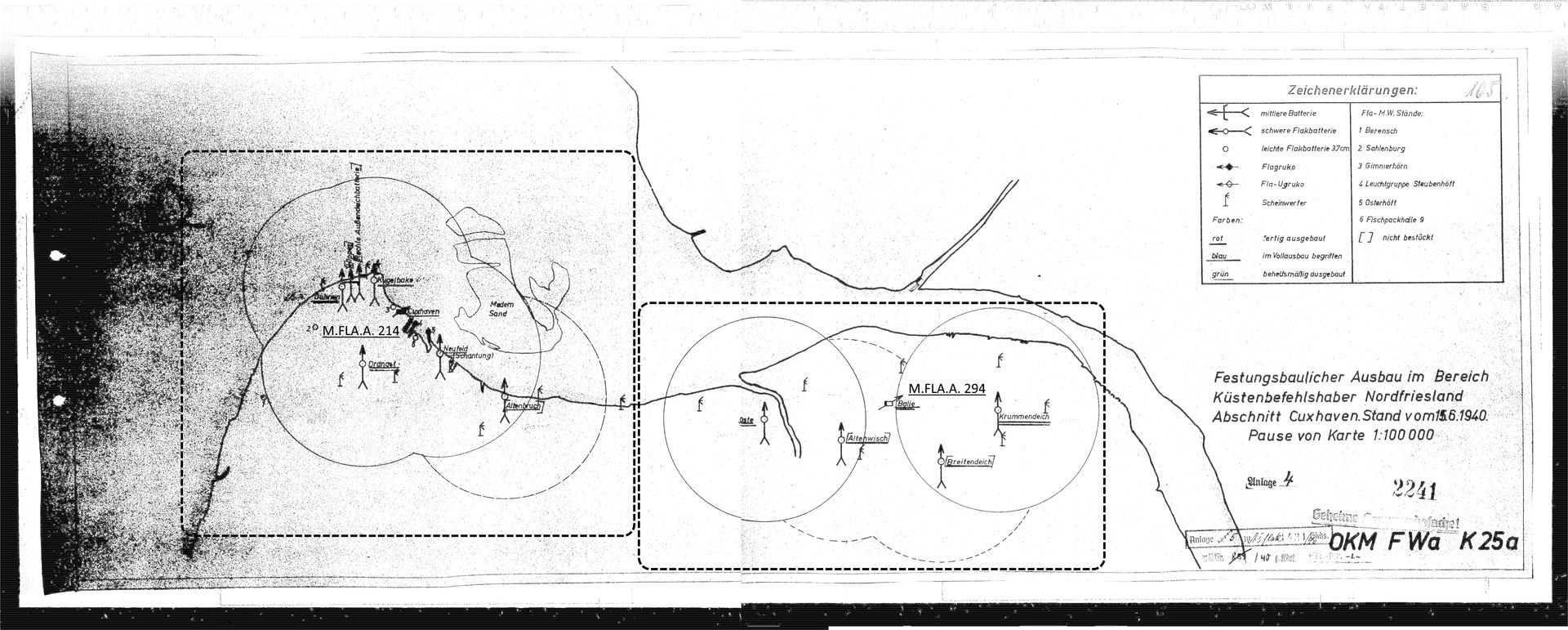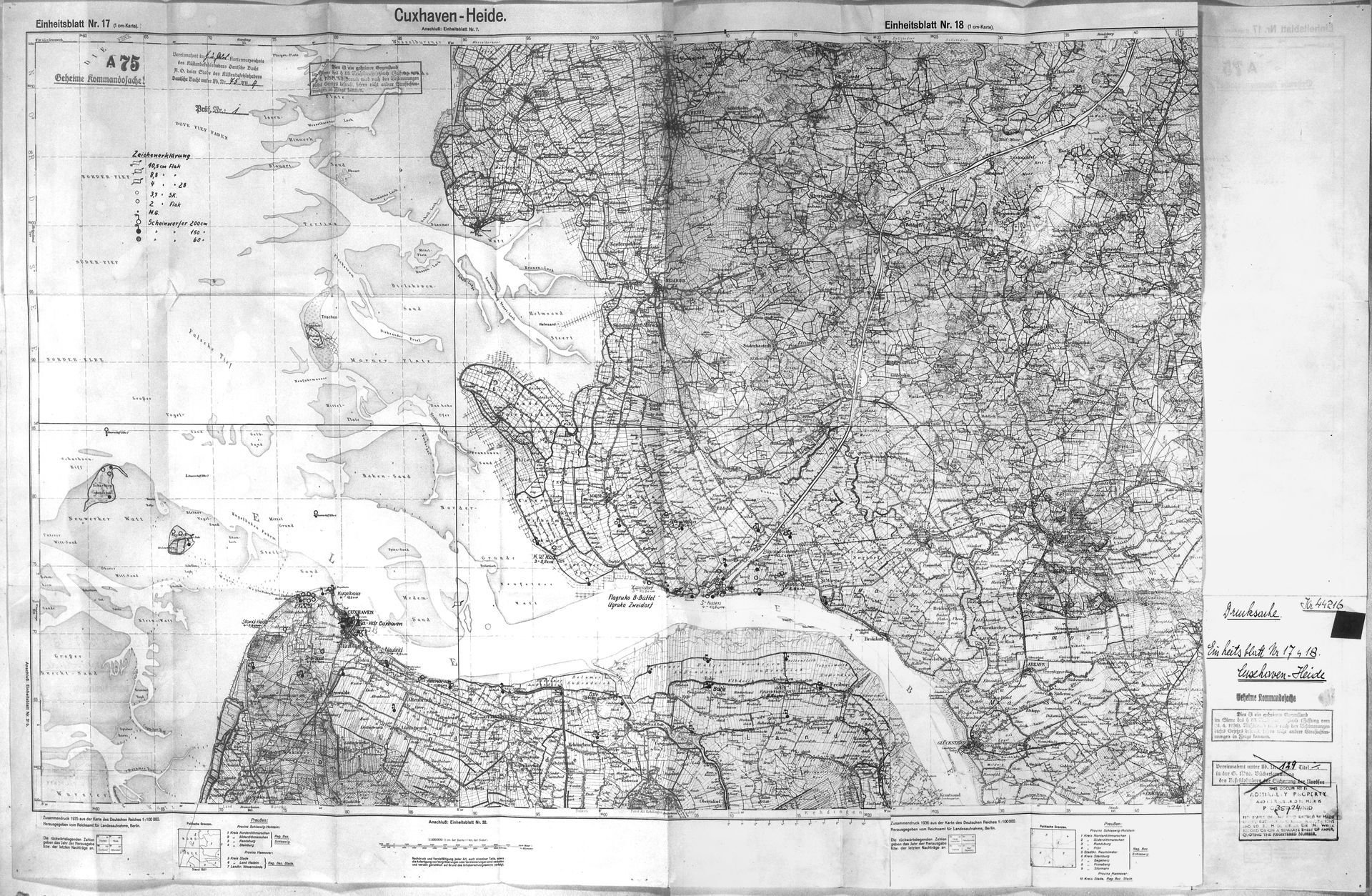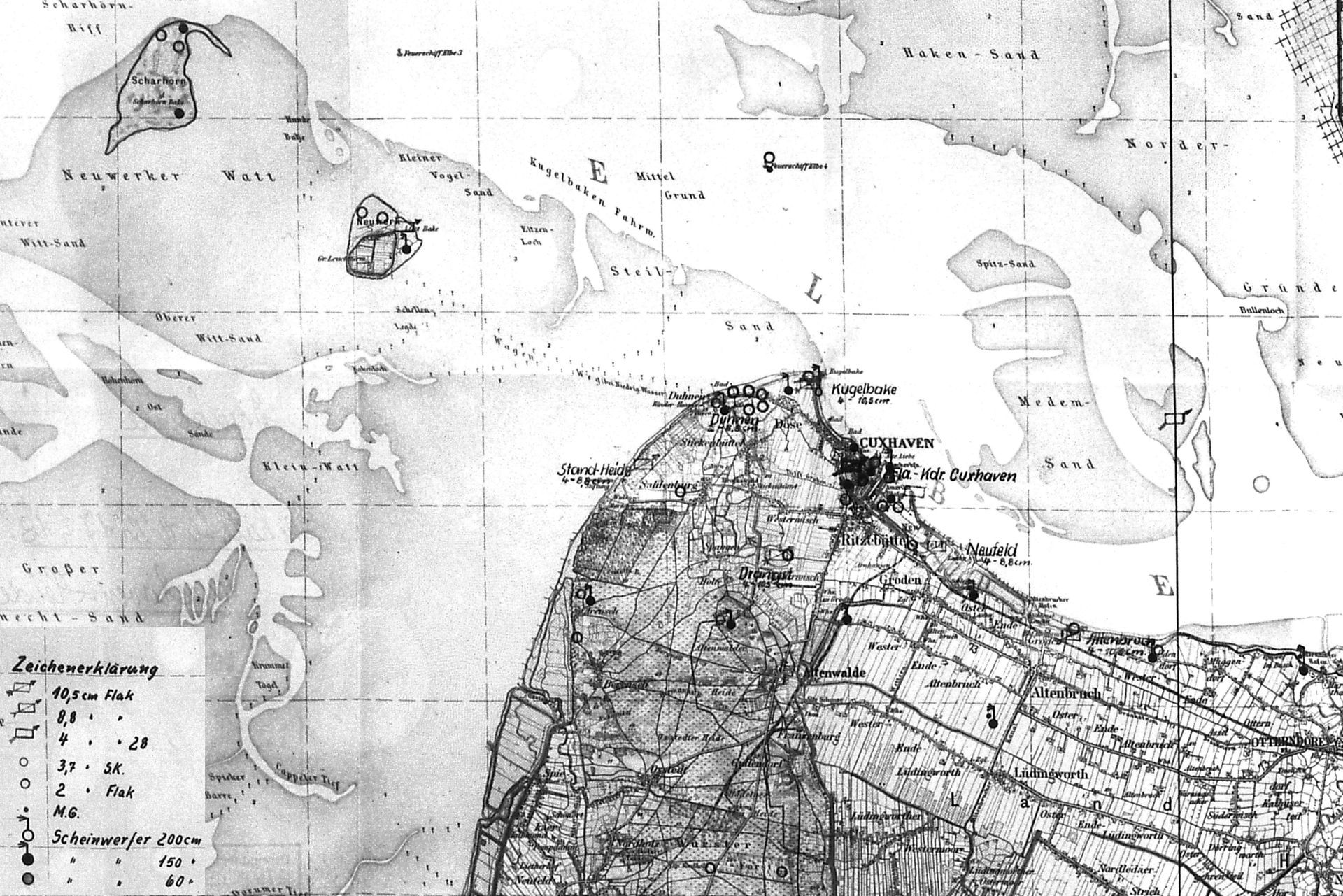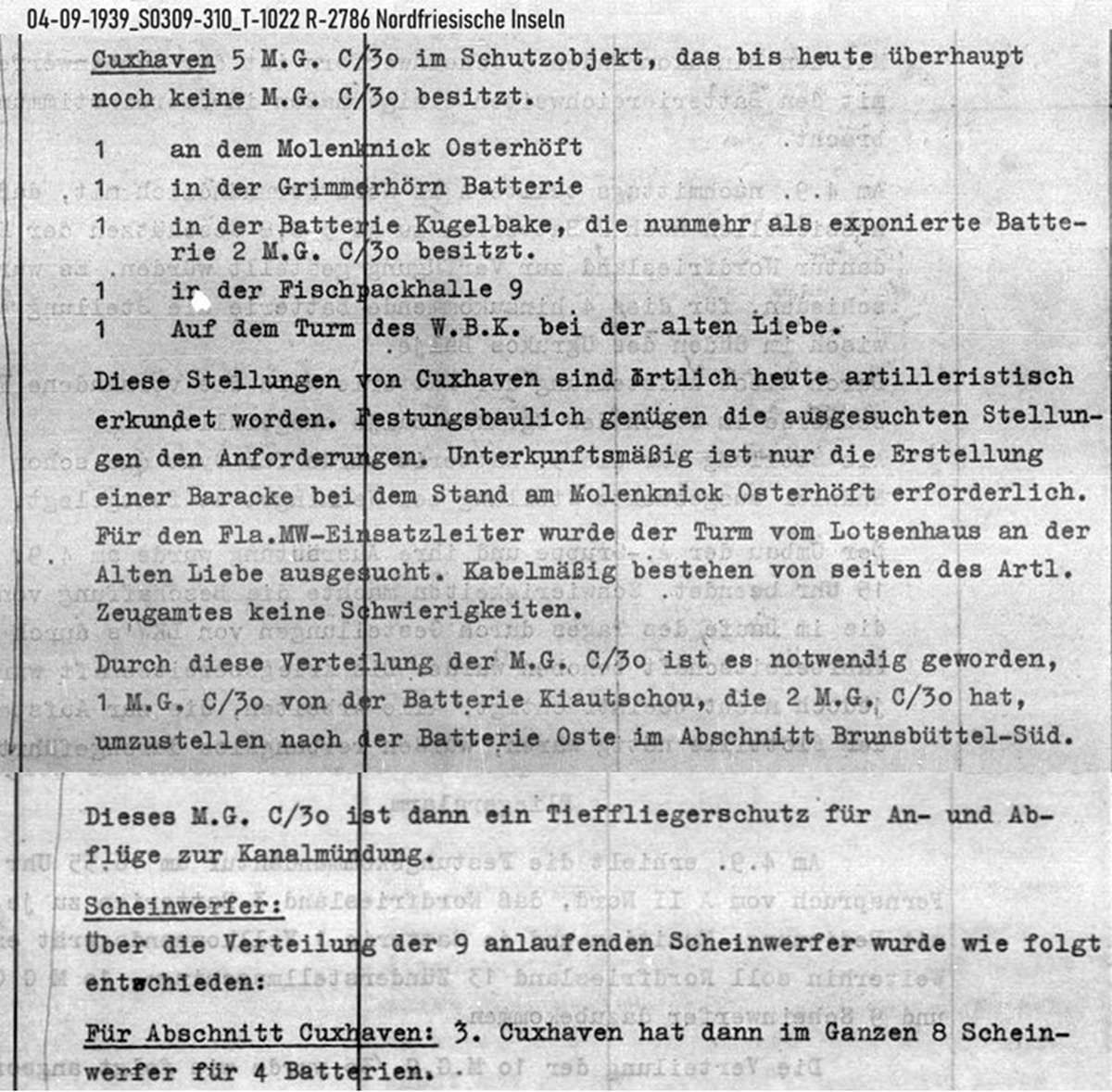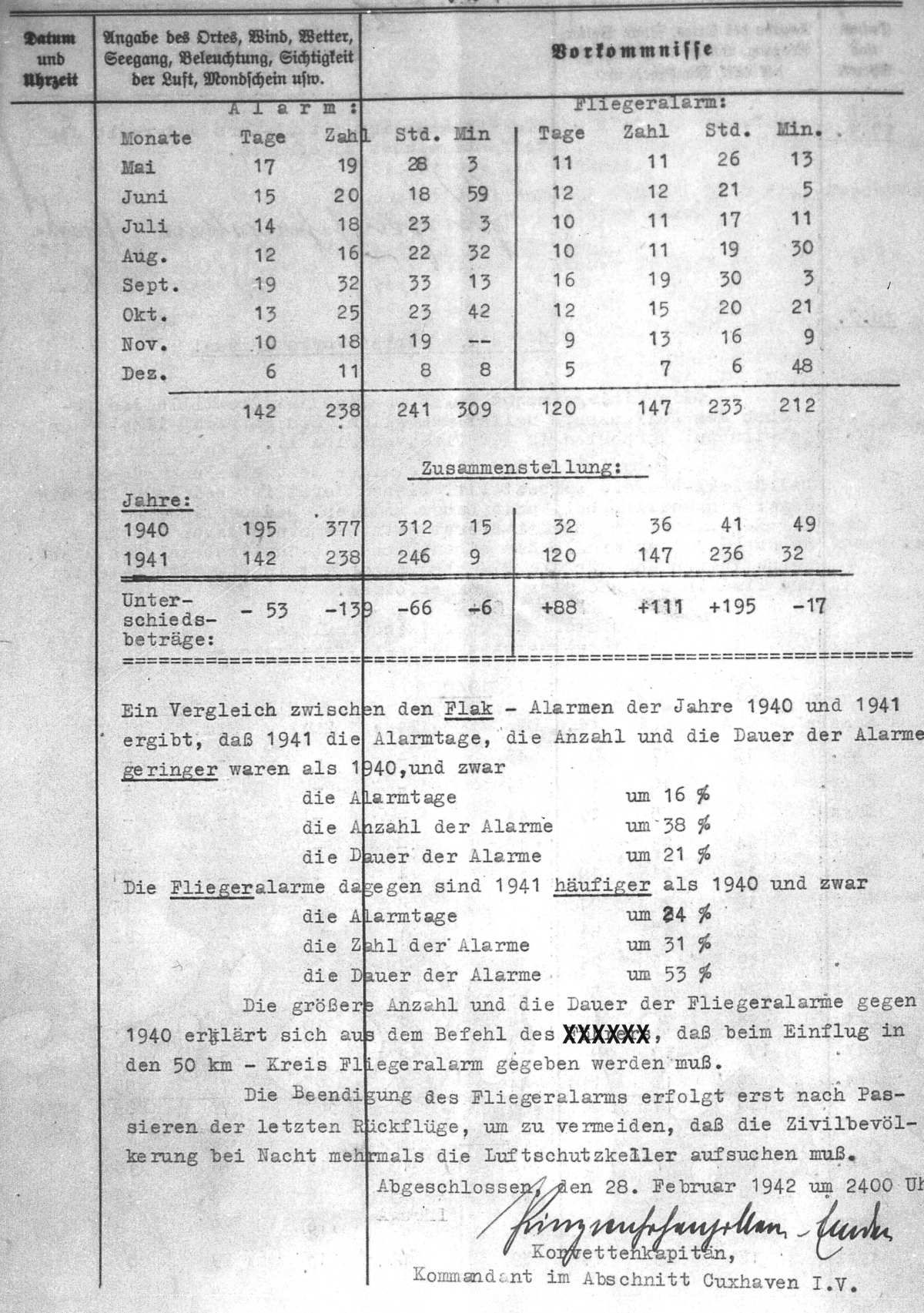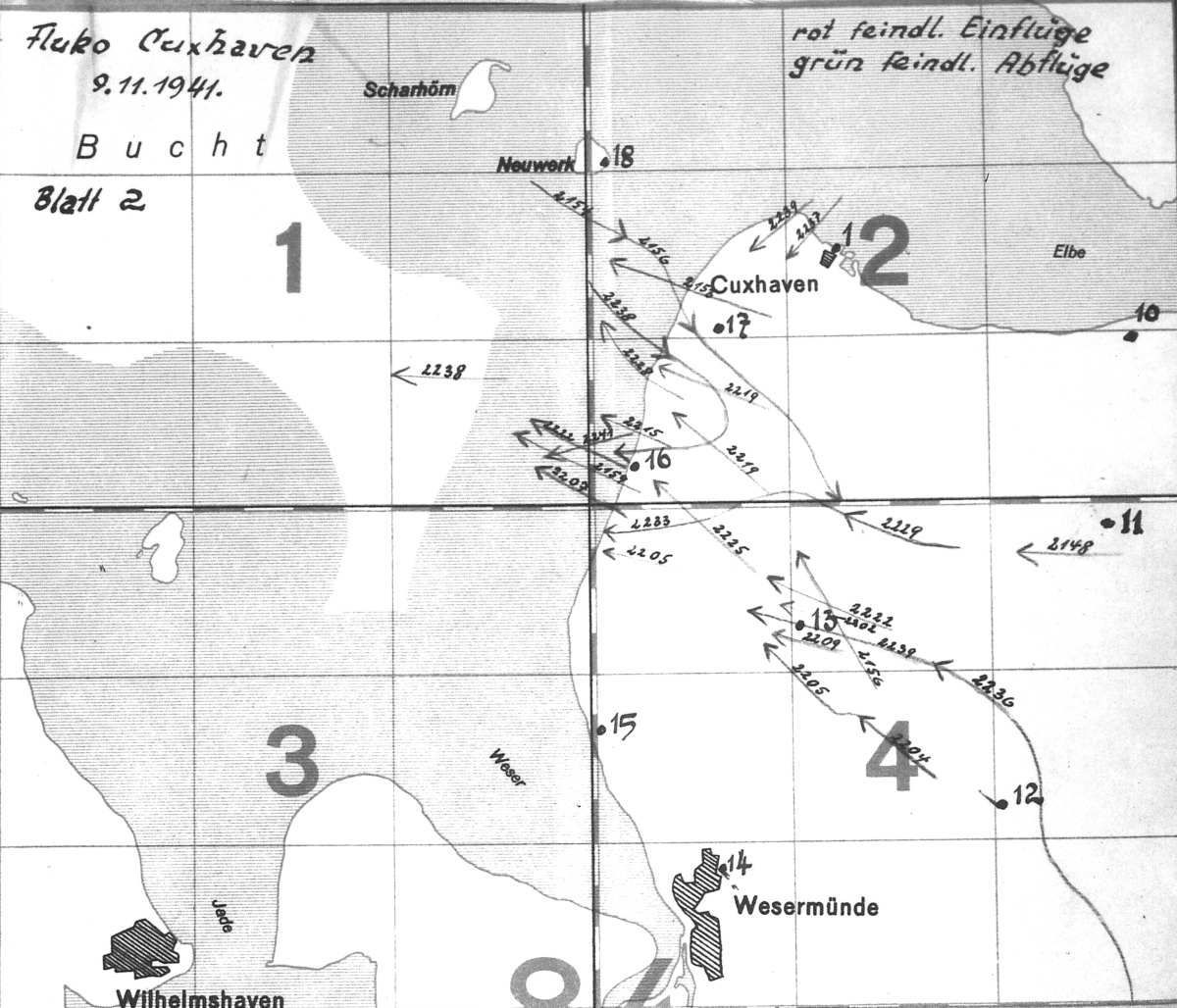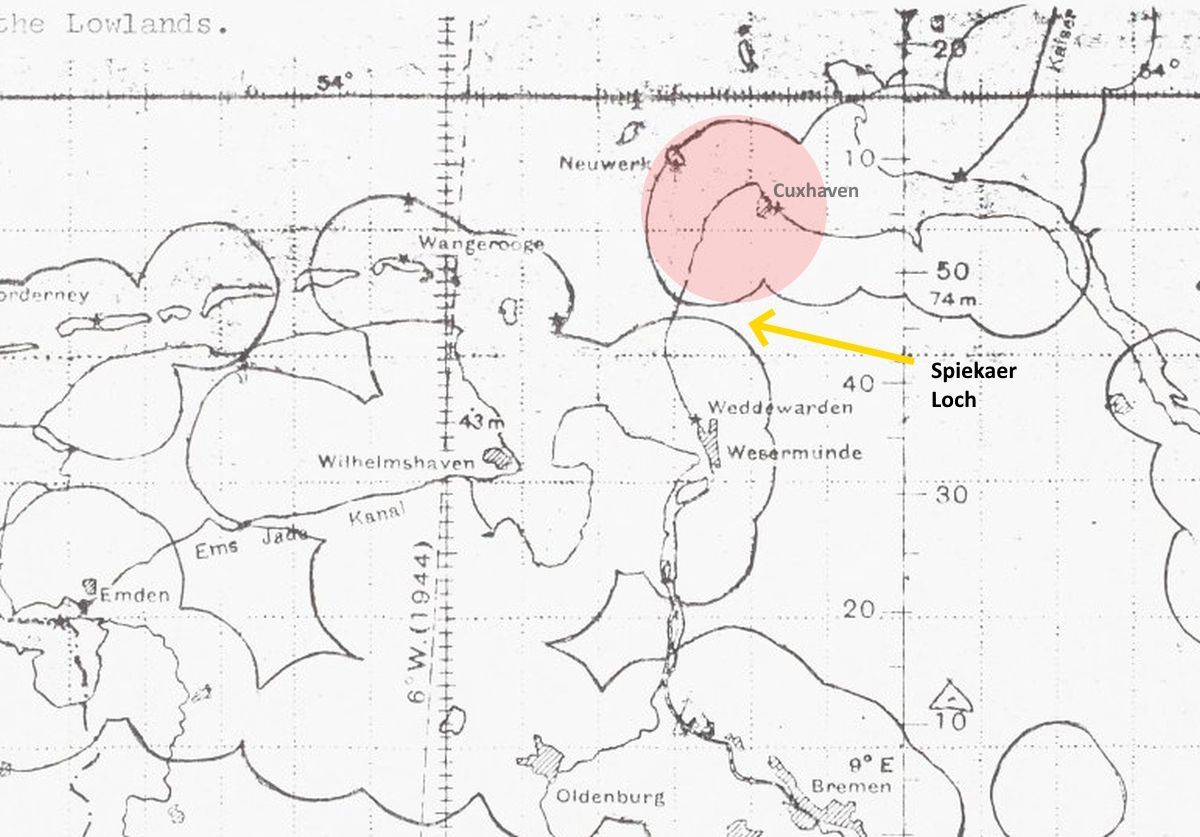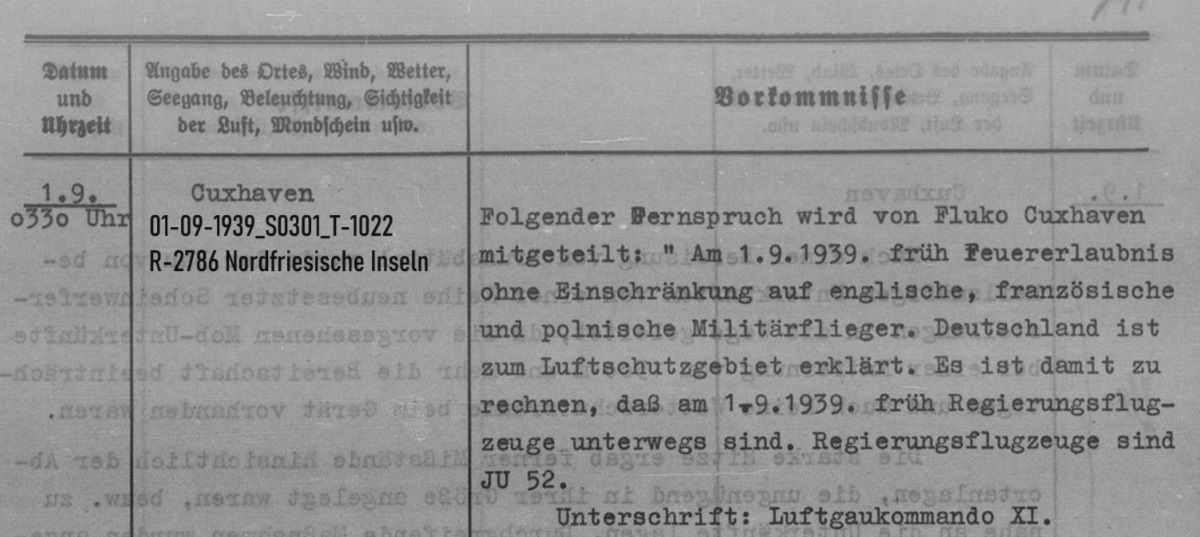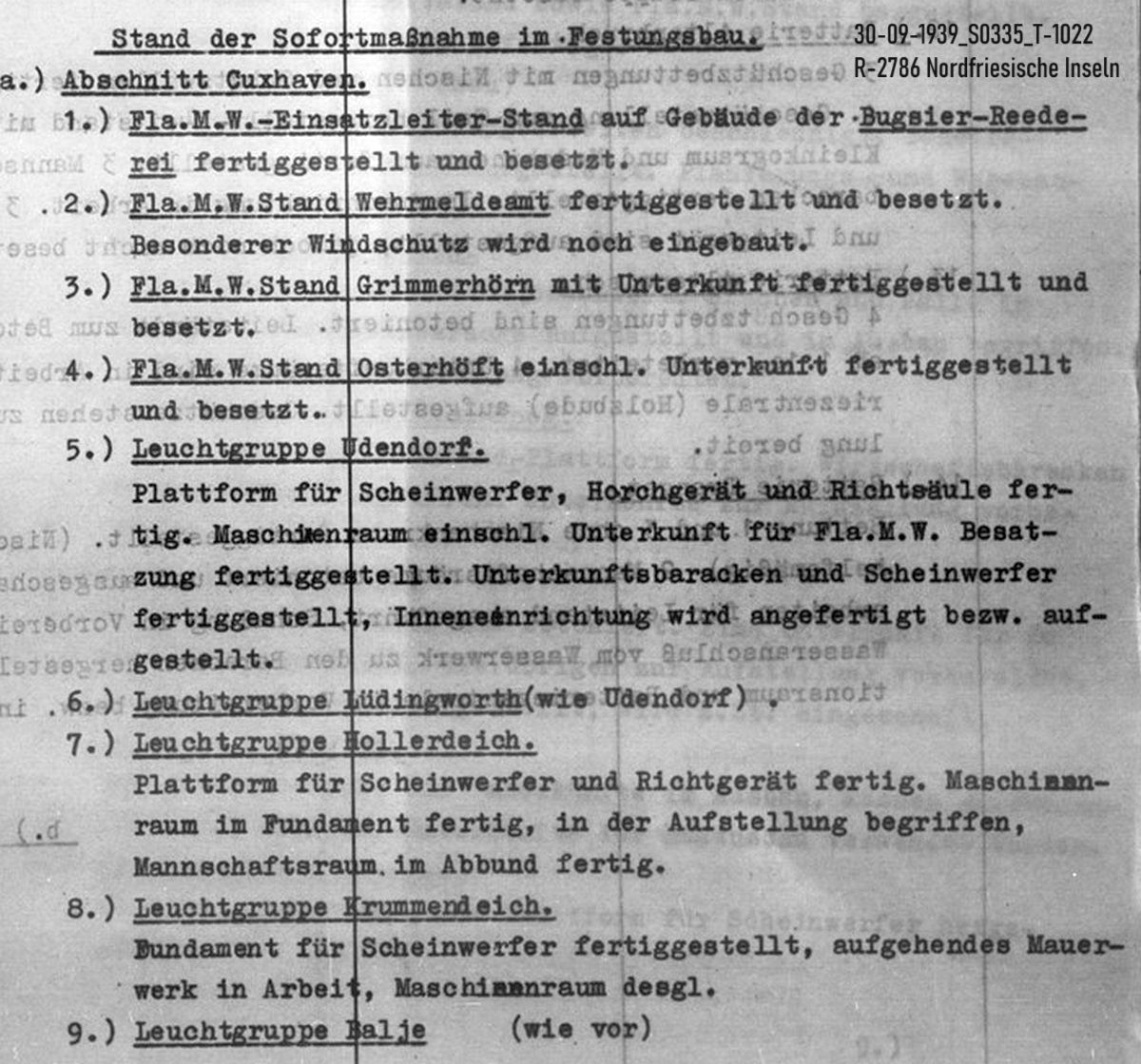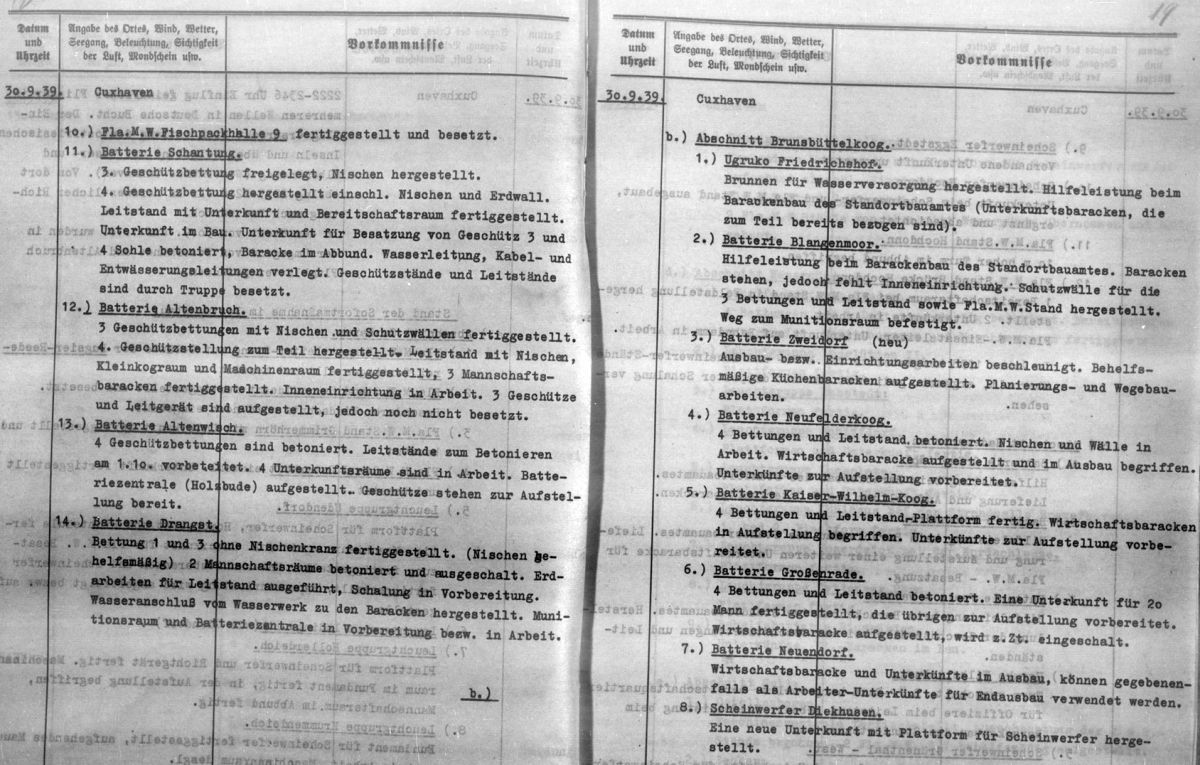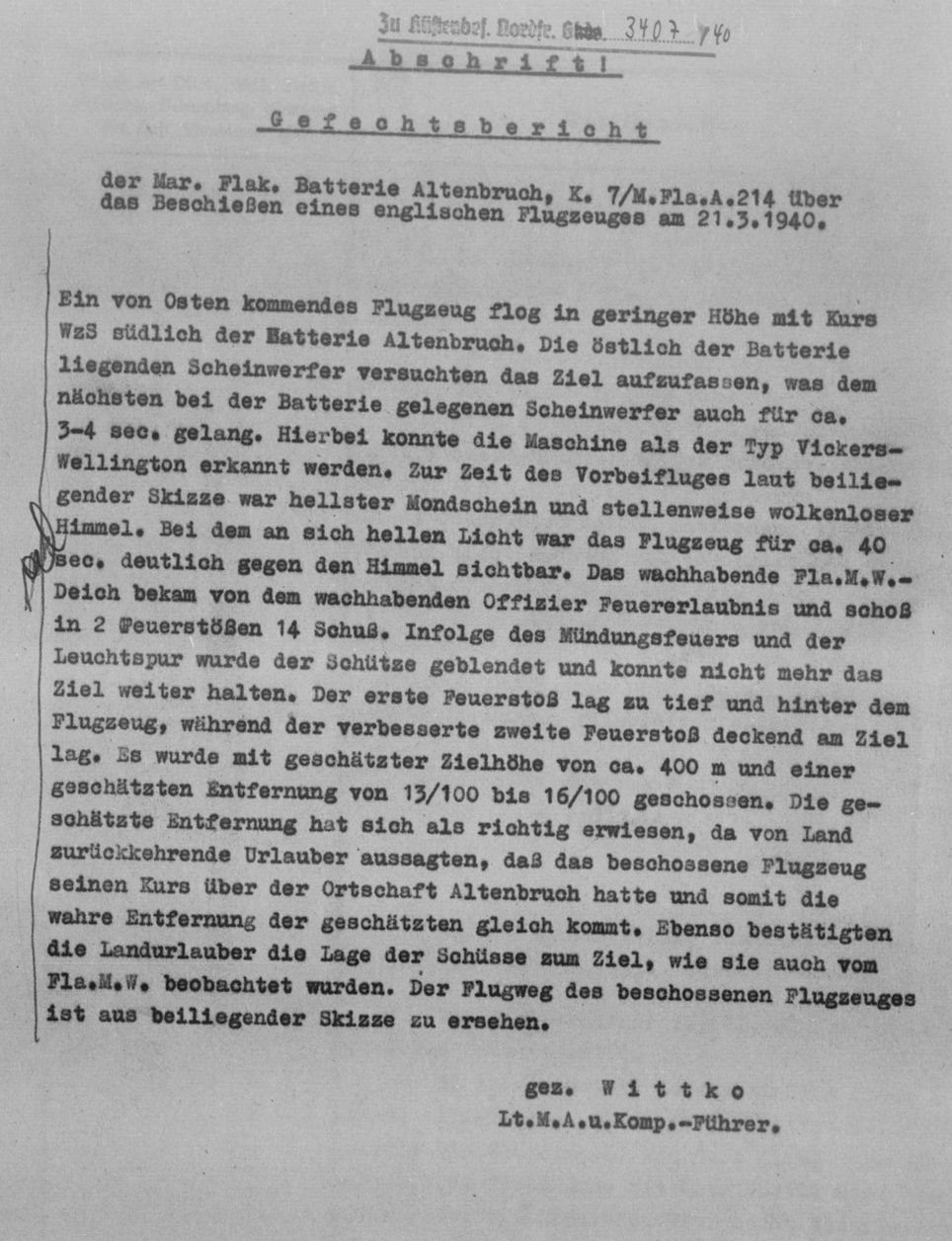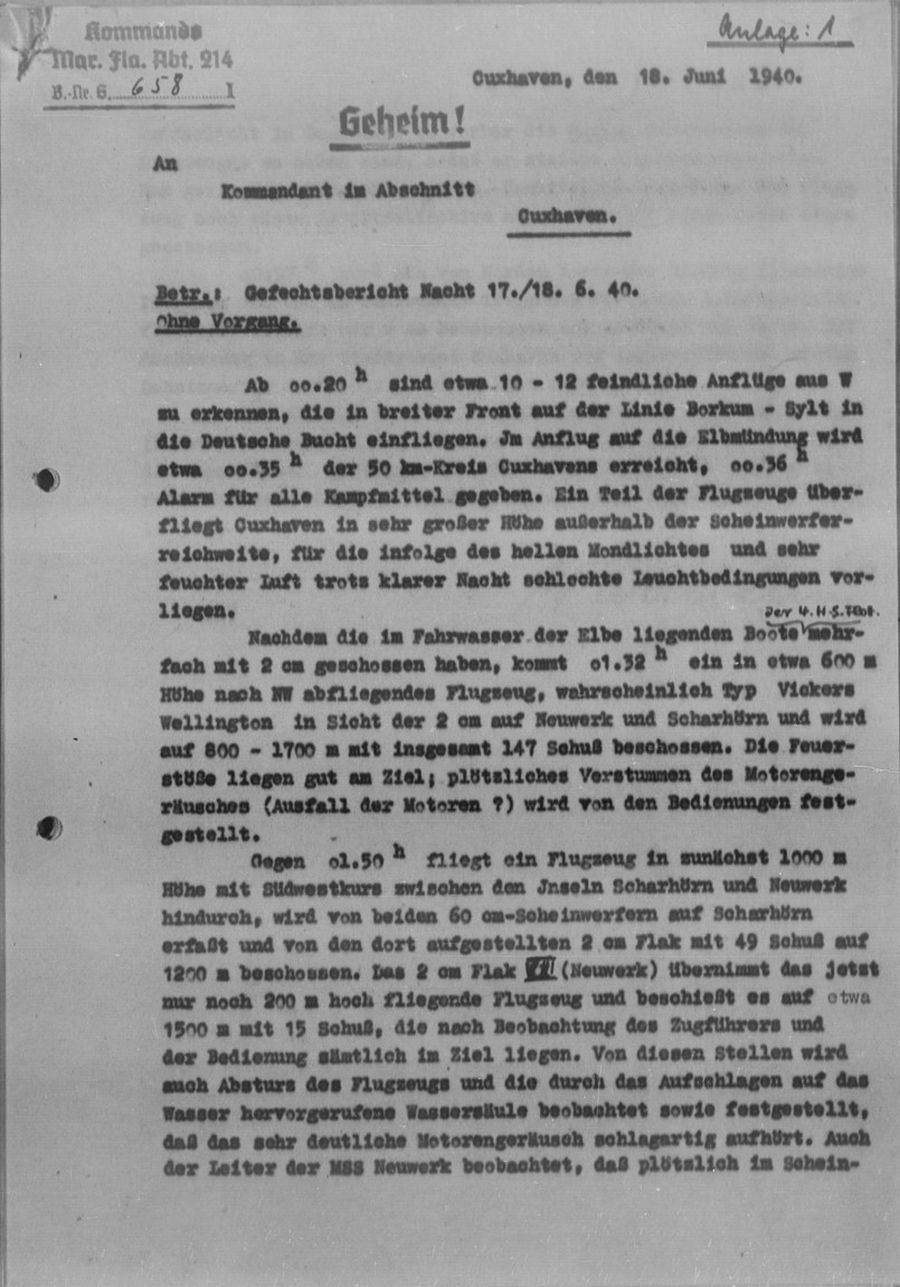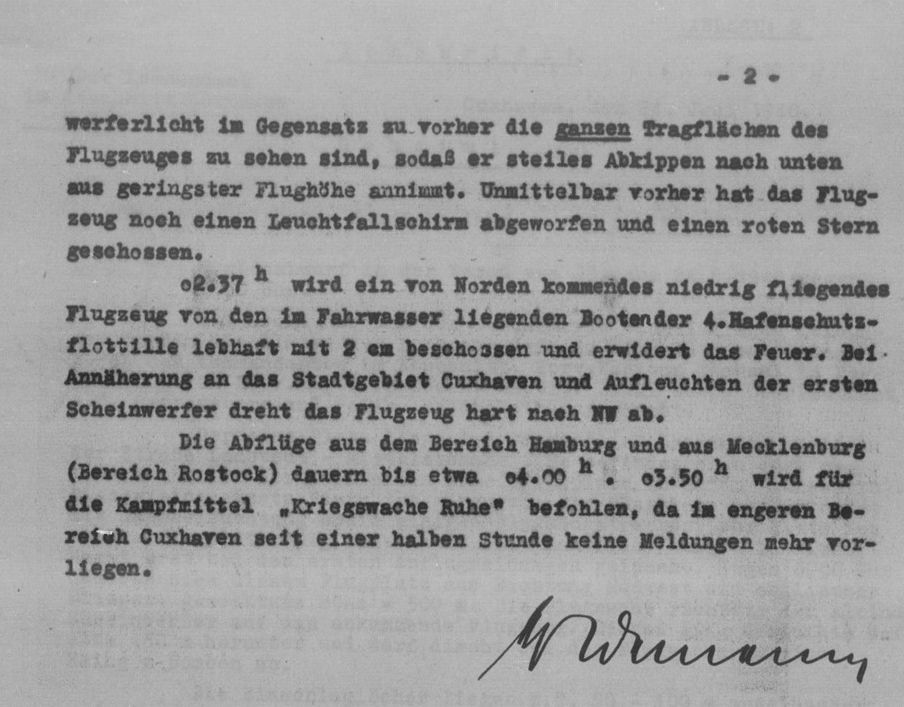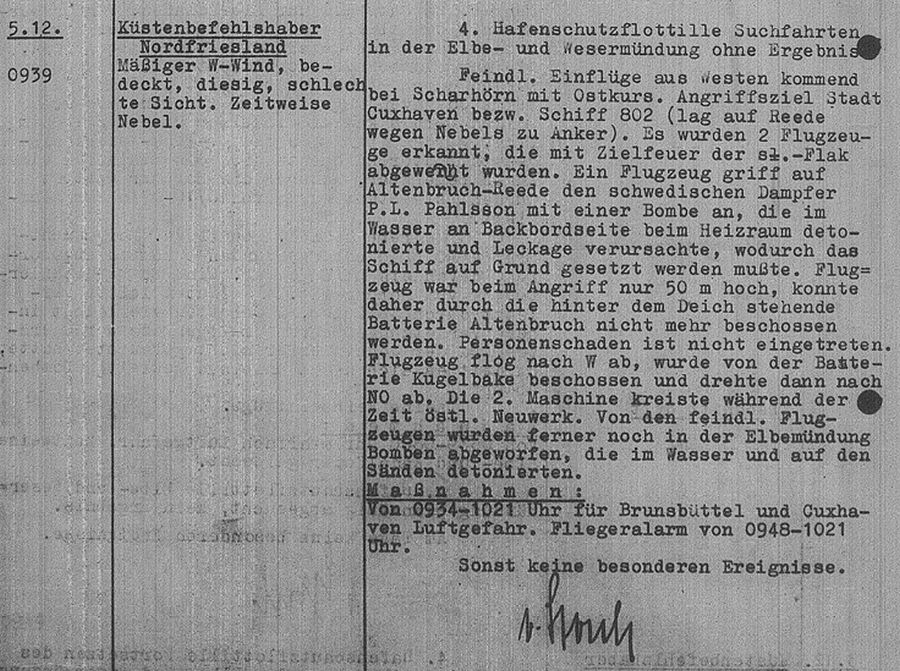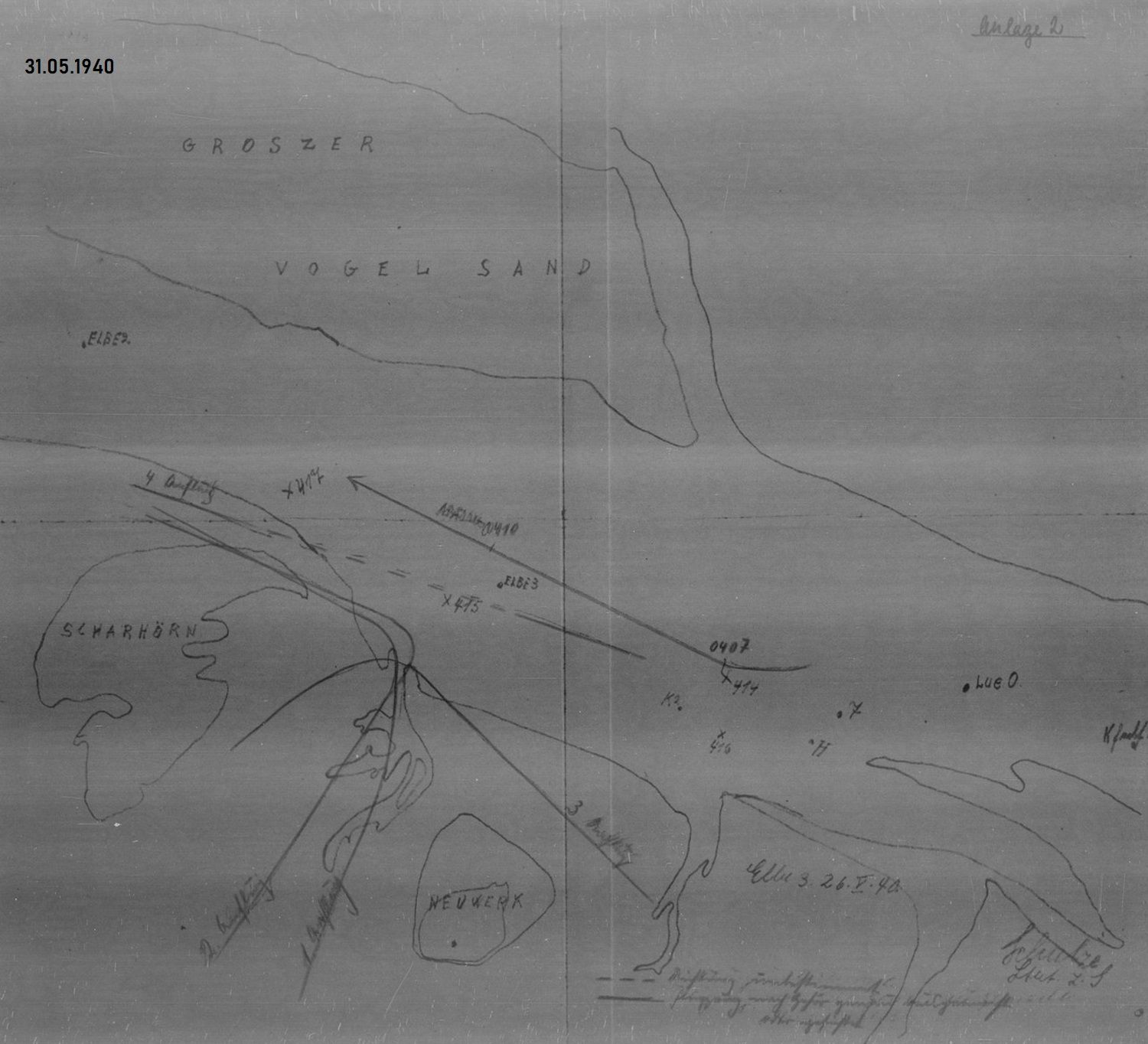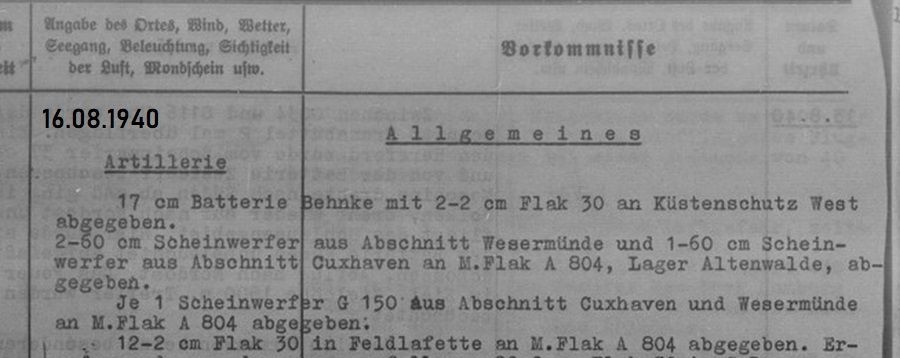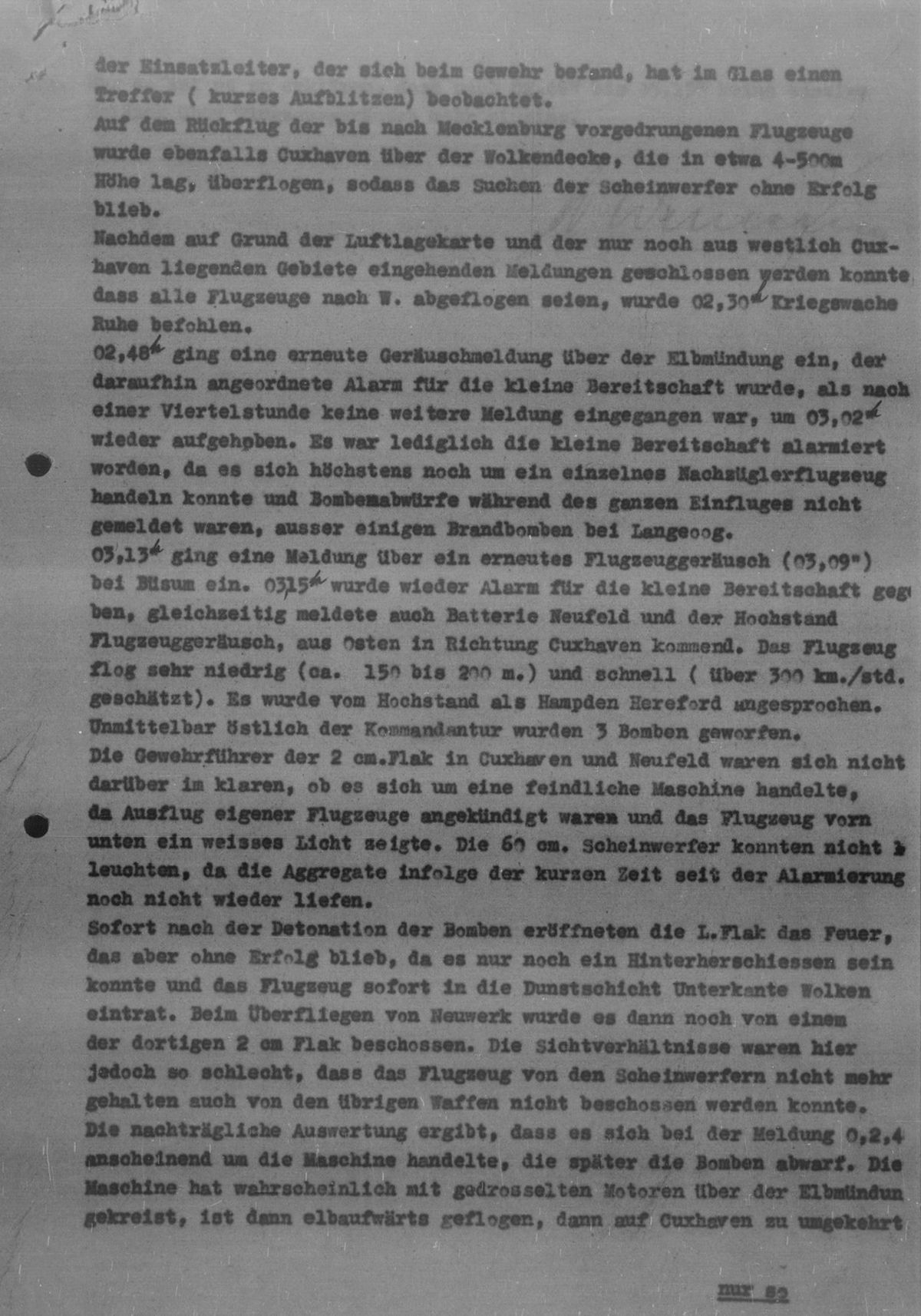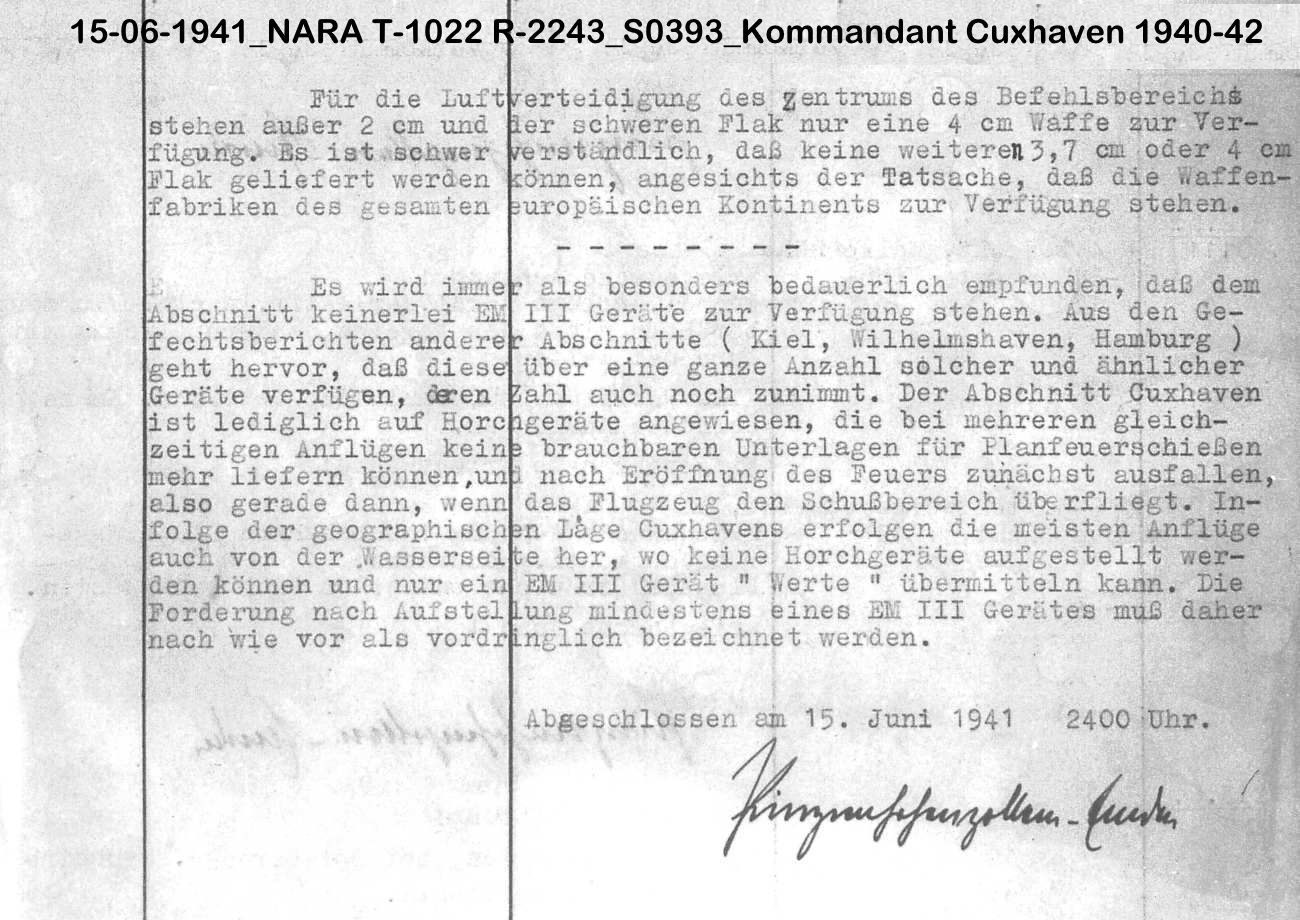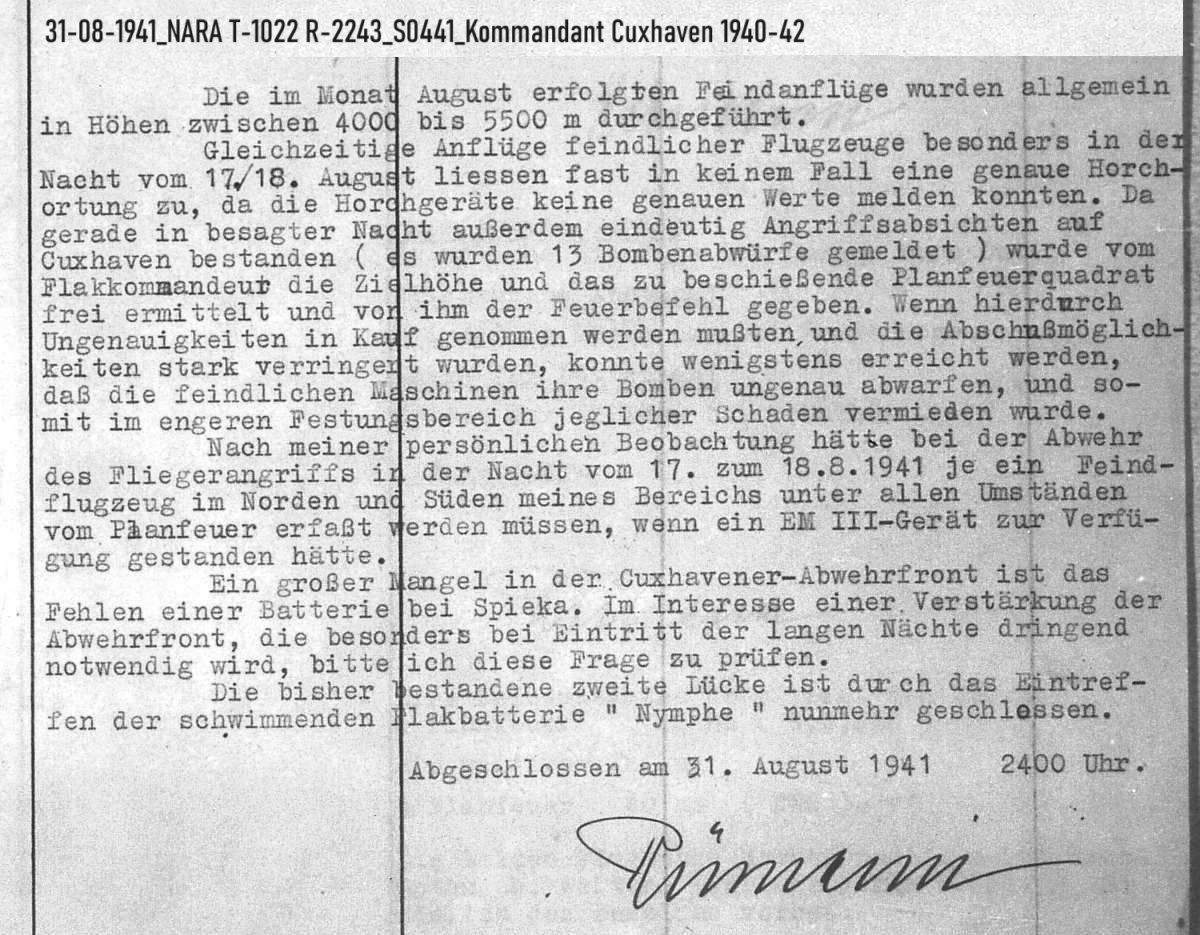
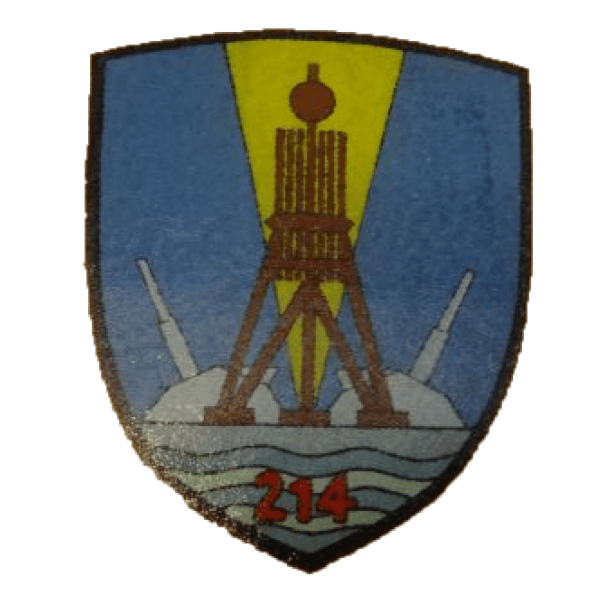
Even before the start of the Second World War, appropriate protection against incoming enemy fighter aircraft was set up to protect military installations and critical infrastructure. Based on the experience gained from the last war and the first aircraft carrier attack led by the British Navy, the existing anti-aircraft belt along the coasts began to be significantly strengthened. While air force and army units were usually deployed inland and in larger cities, along the seas this task almost exclusively fell to the naval anti-aircraft units. Their soldiers were drawn from naval artillery units until the end of 1942. As the war progressed, however, these forces were largely replaced by naval assistants. In addition, so-called home anti-aircraft units consisting of civilians were set up, who manned or reinforced the corresponding batteries in the event of an alarm. The manpower of each individual battery initially consisted of around 160 regular soldiers, but later in the war it only amounted to 80 - 90. At the end of the war, the Cuxhaven naval anti-aircraft units consisted of five heavy batteries, plus a heavy battery of the home anti-aircraft. There was also a light unit whose guns were positioned at neuralgic points in the city, and a combined searchlight and listening device battery. Until 1941, only individual aircraft or small groups from the British Kingdom were involved in overflights and attacks, but the situation changed significantly after that. The situation changed dramatically at the latest when four-engine long-range bombers and the corresponding fighter escort were produced. From mid-1943, the "United States Army Air Force" joined in with its bomber force. Since then, there have been air raid warnings almost every day with large Allied formations flying into the Reich, using the Elbe as a navigation mark. This of course put a lot of pressure on the naval anti-aircraft units in their areas, which were involved in massive, drawn-out firefights in places. The M.FLA.A 214 was set up in Cuxhaven on August 26, 1939. This section was directly subordinate to the Commander of the Elbe-Weser Sea Defense. The seven batteries of the M.FLA.A 214 were distributed throughout the city of Cuxhaven. Their positions were in:
- 1.214 Battery Kugelbake (Döse)2.214 Battery Neufeldt - Schantung (Groden)3.214 Battery Drangst Battery Duhnen (from 1943, no numbering)5.214 Battery Stand Heide (Duhnen)6.214 Light Flak7.214 Battery AltenbruchThe headquarters was located in the Grimmershörn barracks
The commanders of M.FLA.A 214 were:
August 1939 - KL. Boldemann
September 1940 - KK. Franz Joseph Prince of Hohenzollern - Emden
May 1941 - KK. Fritz Brune (iV)
September 1942 - KK. M.A. Hermann Weber
März 1944 - KK. M.A. Fritz Brune
August 1944 - KK. M.A. Steinrücke

Nighttime anti-aircraft fire over the city of Cuxhaven / 1943Source: Cuxhaven City Archives
The gaping gap between Bremerhaven and Cuxhaven
The Allied Bomber Command had of course not failed to notice that there were large gaps between the anti-aircraft sections of Bremerhaven and Cuxhaven, as well as between Cuxhaven and the Schleswig-Holstein side of the Elbe. These weak points were immediately exploited for the large bomber squadrons to fly in, without the German naval anti-aircraft units being able to take appropriate action. Although the commanders of the Cuxhaven section regularly complained about these weak points and tried to close the gaps in the "Spikaer Loch" by building additional anti-aircraft batteries, the naval high command did not remedy this. Only the gap in the Elbe was successfully closed from August 1941 to May 1942 by the anti-aircraft cruiser "Nymphe" anchored in the "Klotzenloch". The ship was placed under the command of the Cuxhaven section for this period.
Report of the Allied Control Commission on the establishment and operation of the M.FLA.A 214
In mid-1945, an Allied commission carried out an inventory of all military installations in Germany. The aim was to record all installations that needed to be dismantled in order to determine what had to be destroyed and rendered unusable. A resurgence of military strength from Germany was to be ruled out for a long time. In the document published below on the left, the Marine Flakabteilung 214 Cuxhaven can be clearly seen in its formation, equipment and operation at the end of the war. The translation of the text is on the right.


1. Introduction and objectives
In CUXHAVEN erhielten die Hafenanlagen vorrangig schweren Flakschutz. DUHNEN, in dem sich einige kleine Arsenale befanden, erhielt nur gelegentlichen Schutz und der Flugplatz wie auch die Versorgungsdepots bei NORDHOLZ erhielten überhaupt keinen Schutz. Die Verteidigung der Anlagen in den beiden letztgenannten Orten beschränkte sich auf die Verteidigung durch mittlere Flak. DUHNEN liegt 4 Kilometer leicht nordwestlich von CUXHAVEN und NORDHOLZ etwa 11 Kilometer südwestlich. Sowohl der letztgenannte Ort als auch der angrenzende Flugplatz liegen außerhalb der effektiven Reichweite von Batterie 3 (Drangst).
There was only one attack on CUXHAVEN, at the beginning of March 1945 (this statement is incorrect). Twenty planes penetrated in two waves of ten at a height of about 5500 meters. One plane was shot down. Airplanes returning from other targets in GERMANY repeatedly dropped the remains of their bombs on CUXHAVEN. Apart from the town itself, practically no damage was caused. A total of 52 planes were destroyed during the war.
Use of weapons
The 214th Battalion, consisting of 5 batteries of 10.5 cm guns, 18 platoons of light and medium AA, and a searchlight battery of 16 fires, provided all AA defense of the area. (See Appendices 1 and 2.) The heavy AA batteries were distributed at irregular intervals throughout the defense area. Batteries 2 and 5 were located near the Bomb Release Line (BRL). Batteries 1, 3, and 4 formed a triangle with sides about 5000 yards long. Since the defense could not be extended seaward to the northwest, Battery 5 was apparently used to reinforce the defense against attack from that direction. However, the 8.8 cm guns originally employed could do little to accomplish this purpose because of their short effective range. By February 1944 10.5 cm guns had replaced the smaller ones. The additional range of these larger weapons somewhat corrected the deficiencies of the original defense.
Batteries 1, 2, 4 and 5 had two roles: anti-aircraft and coastal. For the latter role they were excellently positioned and supported by Batteries 6 and 7, which were intended for coastal operations only.
Three 3.7 cm platoons in the southwest served to protect the airfield and the supply depot at NORDHOLZ (Naval Ammunition Depot Oxstedt). The light flak on the islands (installation 2) protected coastal defenses and the platoons along the coast protected depots (at DUHNEN) and ships in the harbor.
Preparation and execution of an air defense battle
No regular practice firing was carried out by the heavy gun batteries, except for a semi-annual check of muzzle velocity. This type of firing was carried out by a battalion recording department using the Boulanger method. The muzzle velocity determined from this shot was the basis for all future corrections due to weather conditions, barrel wear and different ammunition batches.
The muzzle velocity correction caused by changing weather conditions was calculated by the battery commander from a meteorological report prepared by the naval weather station at CUHAVEN. The meteorological report gave the direction and speed of the wind and the air density for every 500 meters. It also gave the station temperature. The wind direction was given in degrees, the wind speed in kilometers per hour, the air density in grams per cubic meter and the temperature in degrees Celsius. In calculating the effect of these various factors on the muzzle velocity, the battery commander reduced the meteorological report to deviations from the norm: no wind, fifteen degrees air temperature, ten degrees powder temperature and 12.45 grams per cubic centimeter specific gravity of the air.
In the CUXHAVEN area, the "optical testing" method was used to determine azimuth corrections. Firing exercises were carried out on average once a week with two cannons per battery.
Variations in muzzle velocity due to different batches of ammunition were calculated using data collected at the test site in CUXHAVEN. At this test site, each batch of ammunition produced was fired and the data obtained was sent to all naval anti-aircraft units in GERMANY.
Fire on enemy aircraft was by salvo. Salvos were fired every five seconds. A bell was rung on each gun when the trigger was to be pulled. Two seconds later, a horn sounded to signal the gun's firing. On average, three to four salvos per minute were fired against each course before the BRL was reached. However, the number was not fixed and varied depending on the altitude of the aircraft being fired at. In general, salvos were fired as long as the target was within range.
Batteriekommandeure durften punktuelle Korrekturen in Azimut, Elevation und Zünder vornehmen. Dies geschah auf ähnliche Weise wie bei der gesamten Marine Flak. (Siehe WILHELMSHAVEN-Bericht.)
Events and battle reports
The way the heavy German anti-aircraft units function when attacking high-flying targets is explained in this film by the American Air Force. The aim was to prepare the bomber crews for these situations and to initiate defensive measures.



